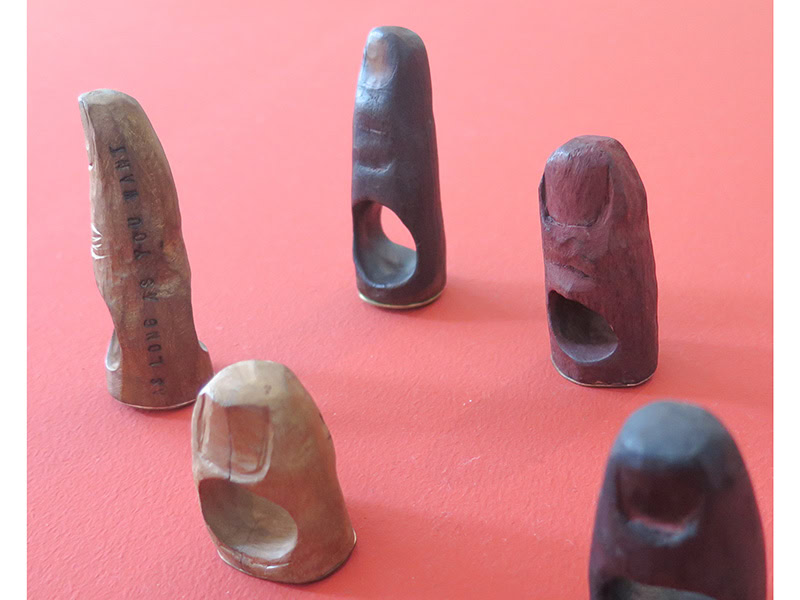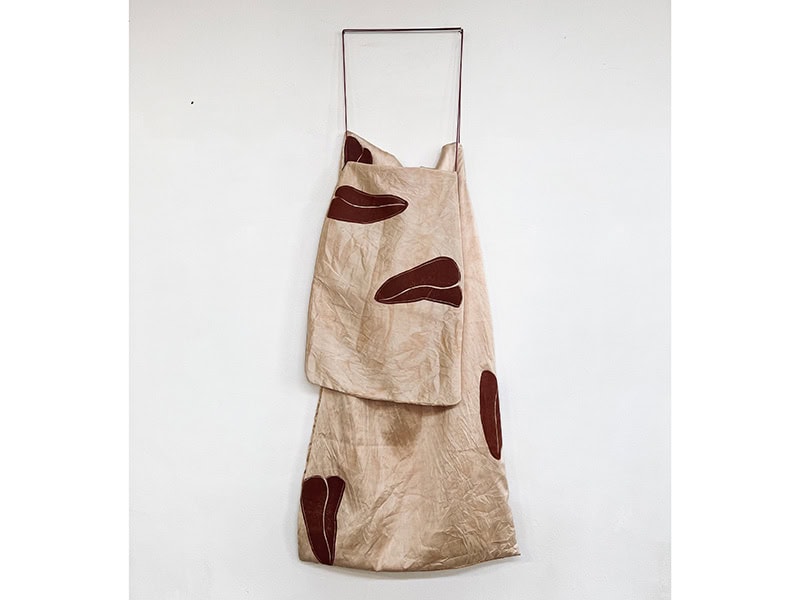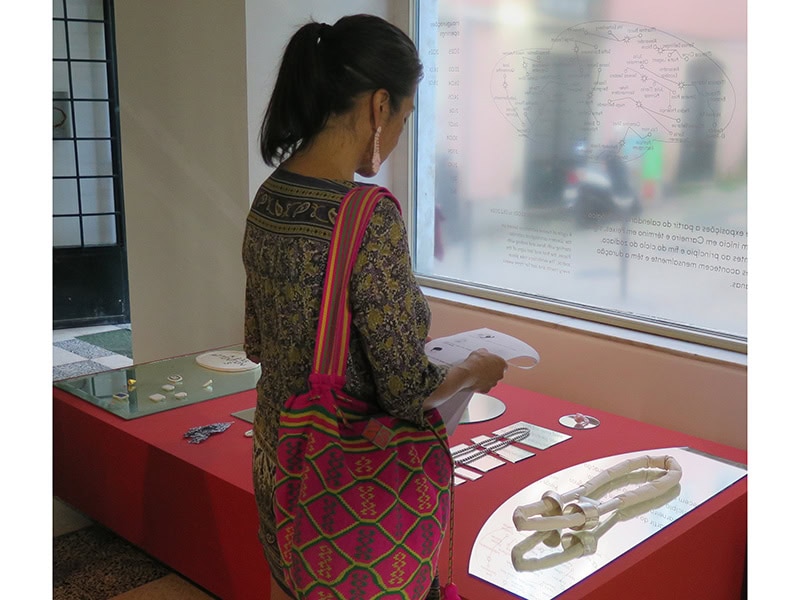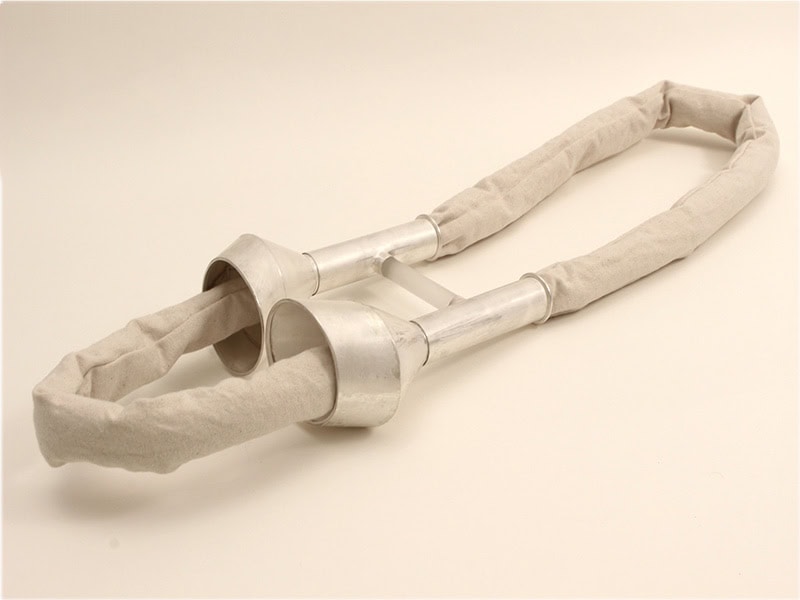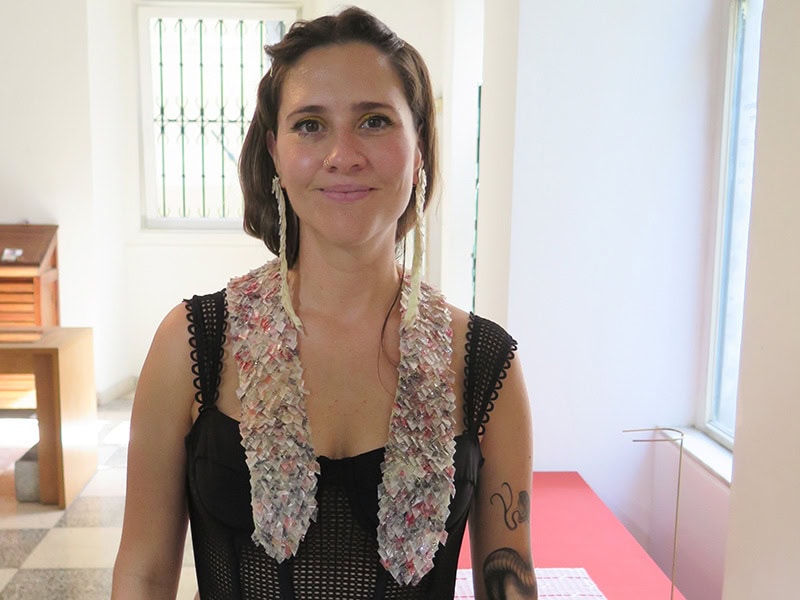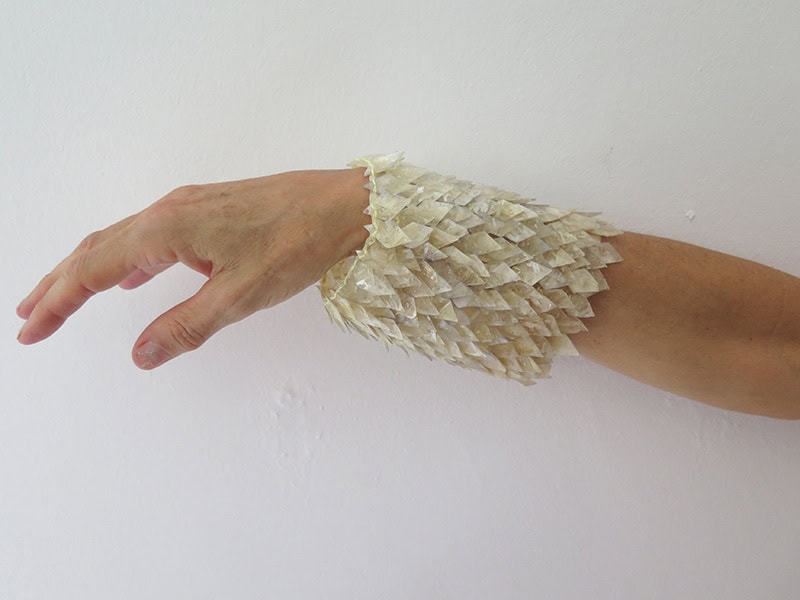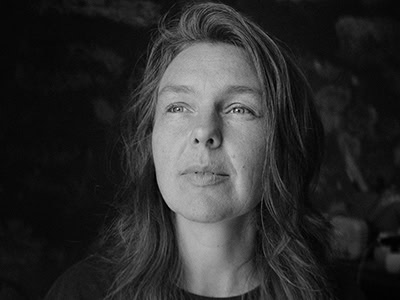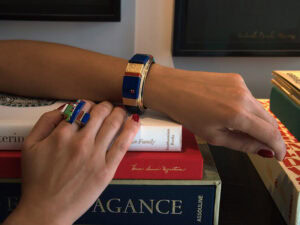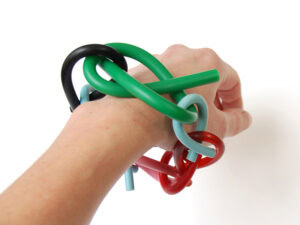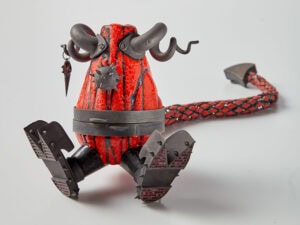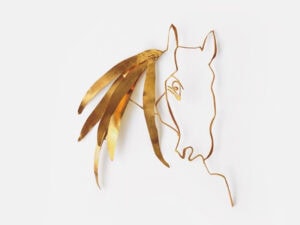The Halo – Rings of Saturn exhibition series at Tereza Seabra’s gallery, in Lisbon, follows the astrological calendar for an entire year. It started in March, under the influence of planet Mars in Aries, and ends next March, with Neptune in Pisces. There is probably no other jewelry gallery where the exhibiting artists share the same zodiac sign and have birthdays during the shows or openings. Each show opens on the Saturday closest to the new moon of the rising sign. This show cycle is guided by the planets and forms a celestial “halo” around Galeria Tereza Seabra.
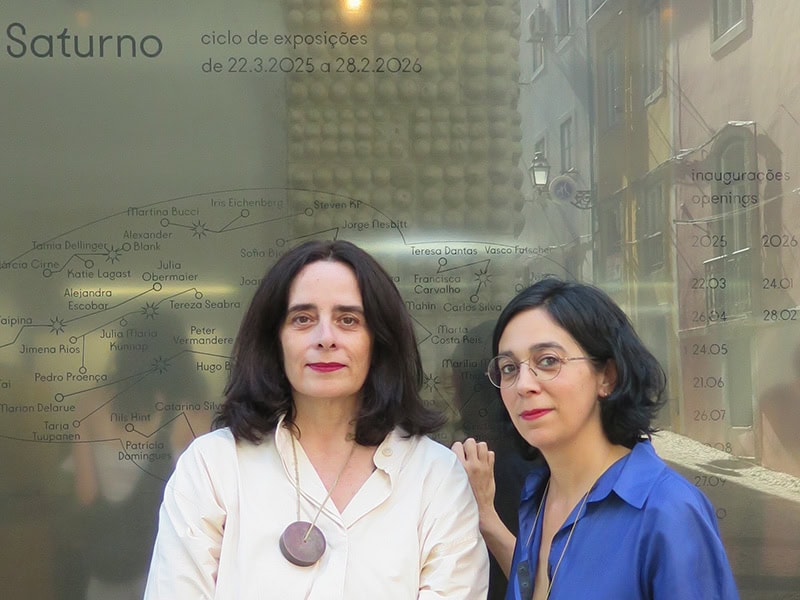
Each month brings a new exhibition with four to six new artists. The curators, Catarina Silva and Marta Costa Reis, chose artists based on their signs and on their interest in the topic. “We wanted to see if artists reflect on astrology in some way,” explained Costa Reis. Artists have been sourcing inspiration from horoscopes for thousands of years. “Even if people don’t relate to horoscopes, they still know their sign,” said Silva. “The symbols, elements, and planets of horoscopes have a strong presence in western society and art history,” said Costa Reis.
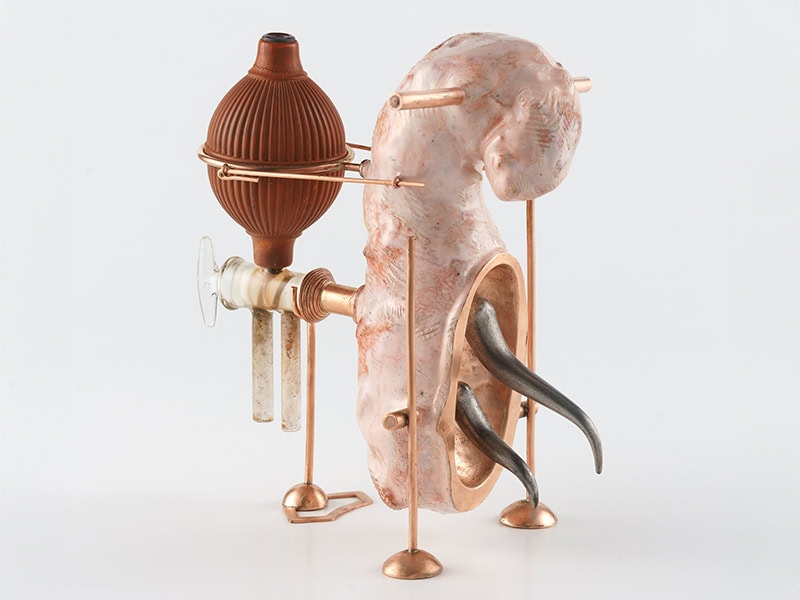
The symbols are found in the art of Ancient Greek artists, through to Botticelli and to the works of today. The psychological archetypes and the spiritual sense of connection to something larger than oneself is captivating —especially in troubled times. Astrology offers a rich world of symbols. The water, fire, earth, and air elements are relatable, and the animals of the horoscope have human characteristics. The planets are mysterious and dreamy. Saturn’s rings are believed to be made of remnants of comets, asteroids, or shattered moons—stardust. Galeria Tereza Seabra has opened its doors to the mystical skies with Halo.
Seabra as an artist uses that sort of mystical, ritualistic approach in her work, so it’s only fitting that her gallery follow her path. This time, however, she is not taking part in curation but is one of the artists presented in the Virgo show, which takes place August 30–September 20, 2025. Seabra’s birthday is on September 17.
The exhibition idea burst forth from a conversation that Silva and Costa Reis had about the signs. In March in 2025, the gallery hadn’t planned much for the year ahead, so Costa Reis and Silva proposed the project to Seabra. “Halo is a curation project, a trial project, to see how things work; if all goes well, we will continue,” stated Silva, who has worked in the gallery for 12 years. Silva brought with her a stronger focus on contemporary jewelry and a steady exhibition program. She and Seabra have curated countless shows together in the gallery.
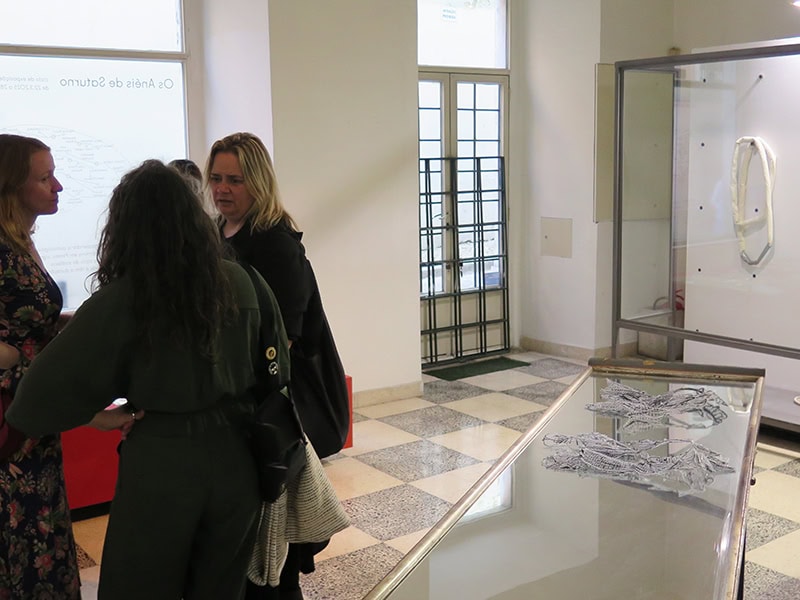
Seabra, the artist, gallerist, and collector, was instrumental to the birth of contemporary jewelry in Portugal. She studied jewelry in New York and Hamburg, and brought that new understanding and knowledge to her country. Just three years after the end of dictatorship, in 1978, she was invited to open a jewelry department at Ar.Co, an art school dedicated to broadening the local art world. “At that time there was a primitive understanding of jewelry in Portugal,” said Seabra. The dictatorship had made sure that people were uneducated. Literacy in Portugal was the lowest in Europe; about 40% of the population could not read or write. As Portuguese society was still sorting its way through the poisonous harvest of fascism, the seeds of contemporary jewelry were already sown in Lisbon.
Seabra remained the head of the jewelry department for 26 years. Paula Crespo, from Galeria Reverso, studied at Ar.co in the 80s. She feels the most important thing Seabra brought to the field were the outside influences. “Especially the visiting international jewelry artists in Ar.co who gave workshops and lectures,” emphasized Crespo. The other important quality that Crespo pointed out is the way Seabra offers freedom to people around her to grow. The Portuguese jewelry scene has made huge steps from where it started to where it is today. “Evolution has been notorious, from exploration of new materials to different ways of working,” asserted Seabra. Seabra believes that today Portuguese jewelry artists are at the same level with international ones.
Before Galeria Tereza Seabra came into existence, Seabra, Crespo, and Alexandra de Serpa Pimentel ran Artefacto3. The trio worked together for 11 years. Today, Galeria Tereza Seabra stands in the same location as Artefacto3 did, and Crespo operates Galeria Reverso. Crespo remembers a show at Artefacto3, for which she had the idea to invite visual artists to make jewelry. It seems that since then the mingling of mediums has become a tradition in the local jewelry scene. The Halo show cycle is no different in this. Its curators have invited many artists from outside the field.
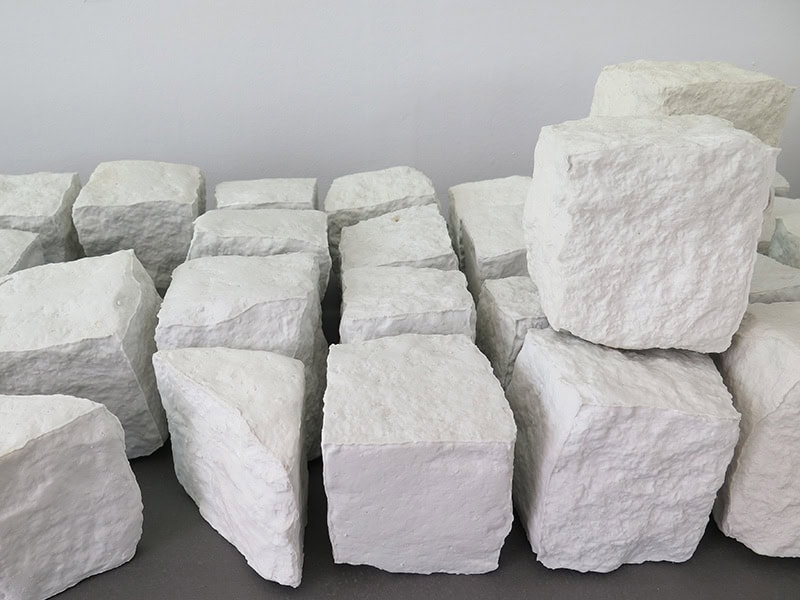
“Artists speak the same language but express in different mediums, we must fix the field,” declared Costa Reis. Visual artists have enjoyed the opportunity to experiment, and although there was no requirement to make jewelry, many have. The curators offer help with the technical aspects of jewelry-making. Francisca Carvalho, who embroiders and naturally dyes large textiles, has made huge textile neckpieces. “They are like blankets, like shields to protect,” said Silva, who noticed a focus on protection and sculpturality across the whole Cancer exhibition.
The Aries signs brought works that were somehow rough and primal, almost ritualistic. “Like something was beginning,” underlined Costa Reis. For example, Tamia Dellinger’s neckpieces, with cut and carved dolomite, look prehistoric. She colored the dolomite with dragon blood tree resin, a highly valued folk remedy with mythical qualities. Its price used to be higher than gold. Dragon blood trees inhabit the island of Madeira, where Dellinger is from. The resin seeps out of wounds in the trees.
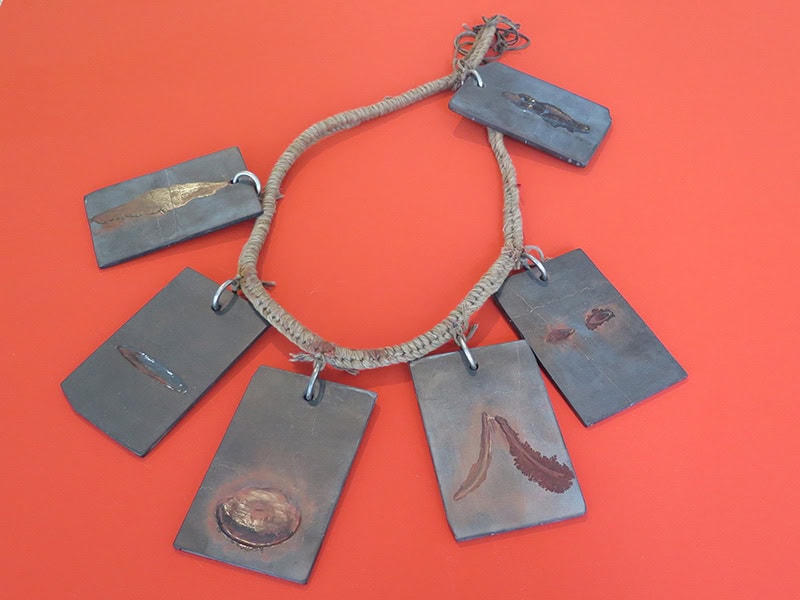
The Leo exhibition presented the tough pierced jade by Hansel Tai, scales made of egg membranes by Alejandra Escobar, and crystal, silicone, bronze, and pure gold by other Leos. Nedda El-Asmar made 24-karat gold spheres from loaned gold. She didn’t use any solder to create the works because “gold likes itself,” said El-Asmar. Pure gold sticks together with heat and with pressure. Her works are so delicate that a tight hug will crush them. They require interaction at the right distance.
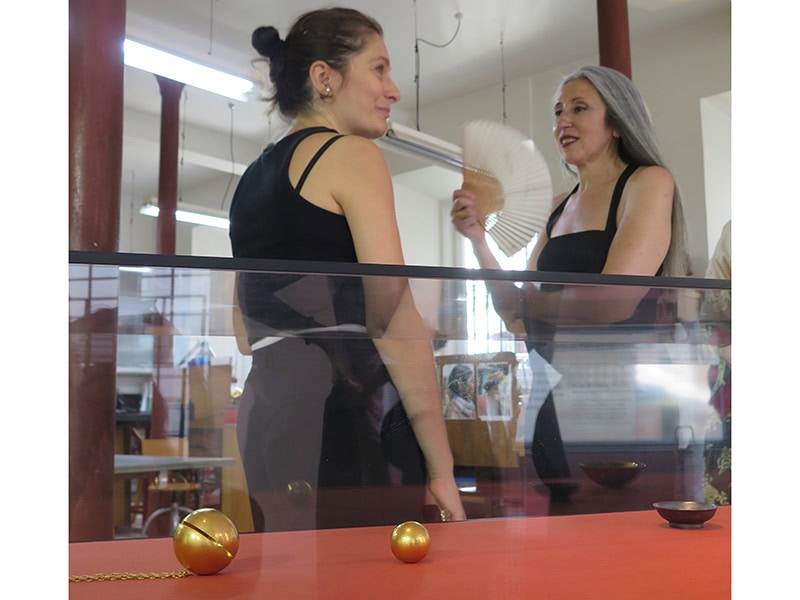
The dual nature of the Gemini sign was present in all the works in the corresponding exhibition. Three out of the four artists chose to work with porcelain. “The works appear strong but are also fragile, like Geminis, who are open, charismatic people and also very fragile,” said Costa Reis.
The jewelry artists hardest to find were Scorpios. The most represented ones were Capricorns—Silva’s sign—and Libras—the sign under which Costa Reis was born. The curators will also take part in exhibitions as artists.
The setup of the exhibitions and the openings focuses on the theme of the shows. They are happenings in themselves. Artist and chef Alejandra Escobar prepares the menu and cocktails for the openings with the characteristics of each zodiac sign in mind. The dominant taste for the first opening, Aries, was fire. “That sign is the first sign of the horoscope and the first fire sign—so everything was spicy,” said Escobar. For the water sign Cancer, she served seaweed on shells. And for pleasure-loving Taurus, ruled by Venus, she brought chocolate and mild aphrodisiacs to the table.
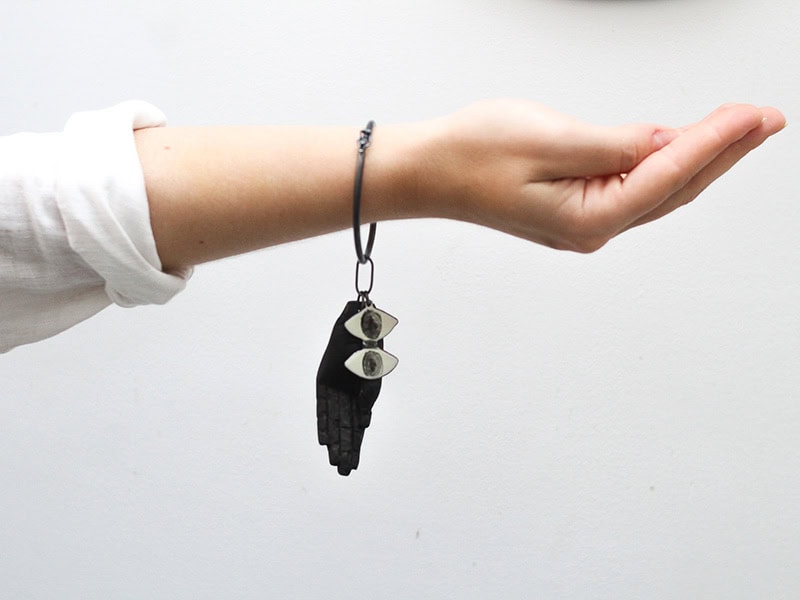
The specific energy of the ruling sign has been present in each show. Although the artists in a given exhibition haven’t previously worked together, nor is everyone’s work based on the zodiac, the shows have so far shared a unified feeling. The decision to structure Halo as a year-long cycle based on the horoscope is a brilliant idea. The concept of continuity creates curiosity about the next show. Will the next one be different? Do the signs really have their own characteristics? Are artists in the same group similar?
This show cycle shines bright light on Tereza Seabra and her gallery. She is already a star in the Portuguese contemporary jewelry world, but with the surrounding stars the light is much brighter. In the firmament, there are constellations that support each other’s existence. It is also so in the Portuguese jewelry universe. The light reflects between people.
We welcome your comments on our publishing, and will publish letters that engage with our articles in a thoughtful and polite manner. Please submit letters to the editor electronically; do so here. The page on which we publish Letters to the Editor is here.
© 2025 Art Jewelry Forum. All rights reserved. Content may not be reproduced in whole or in part without permission. For reprint permission, contact info (at) artjewelryforum (dot) org

